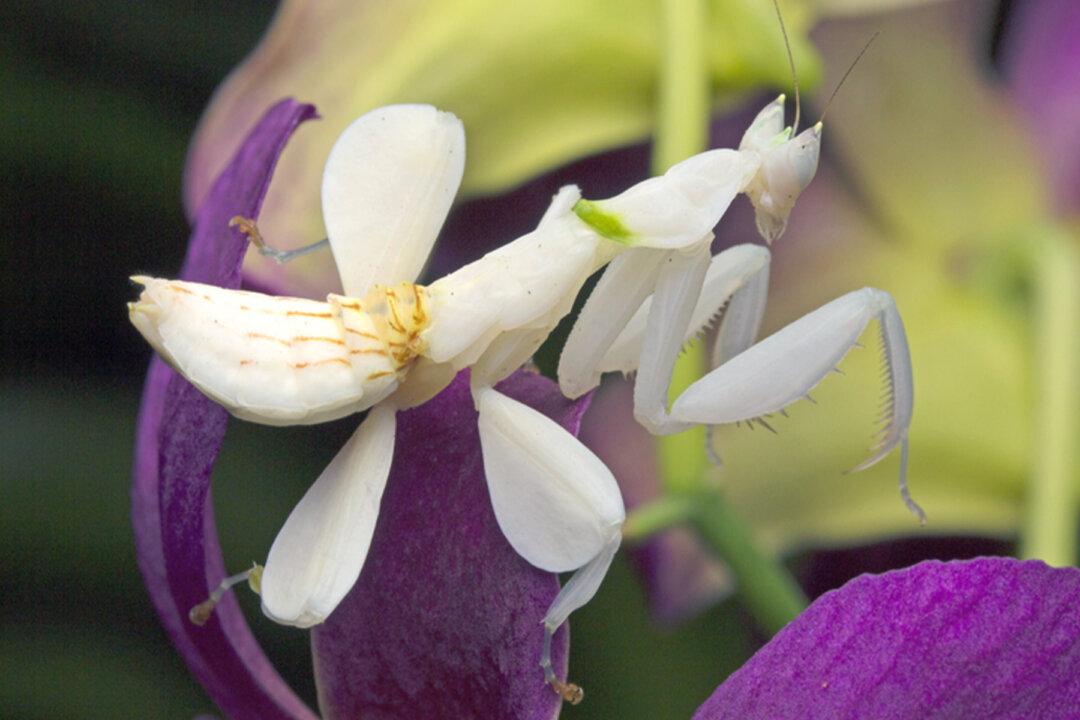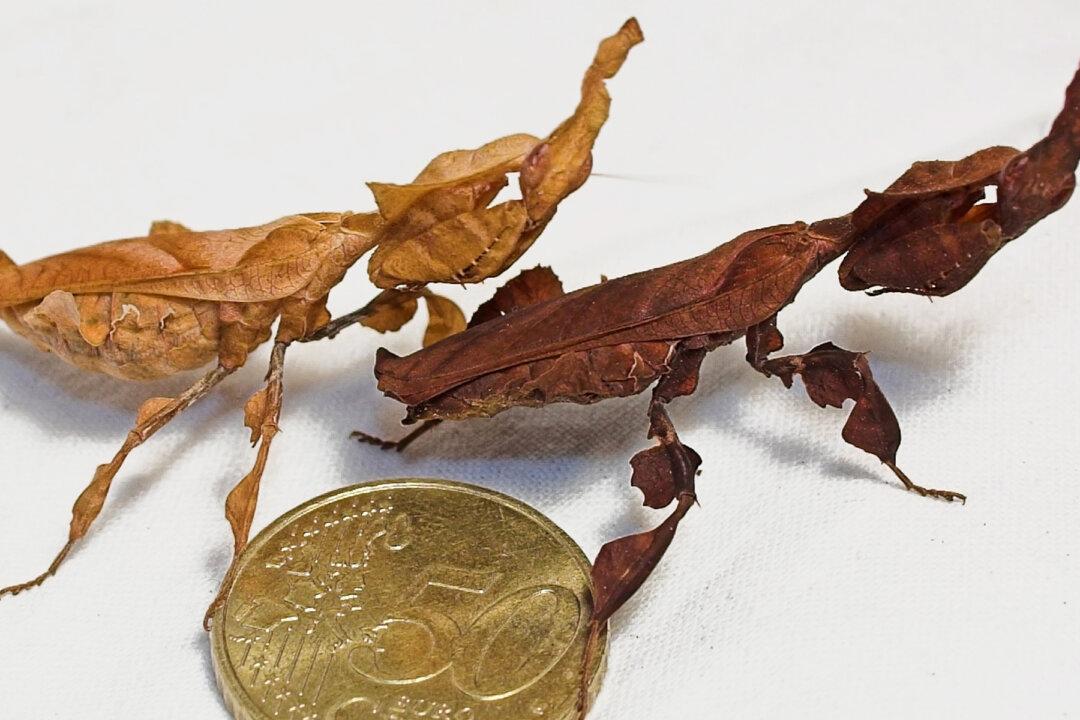If you ever see something like a beautiful pink orchid start to “walk” among the leaves, chances are it isn’t an orchid but an insect with a very special camouflage. Namely, the orchid mantis.
This specially adapted species, also called Hymenopus coronatus or flower mantis, lives in the rainforests of Southeast Asia from Indonesia to the Philippines to India. But they are particularly abundant in peninsular Malaysia.





